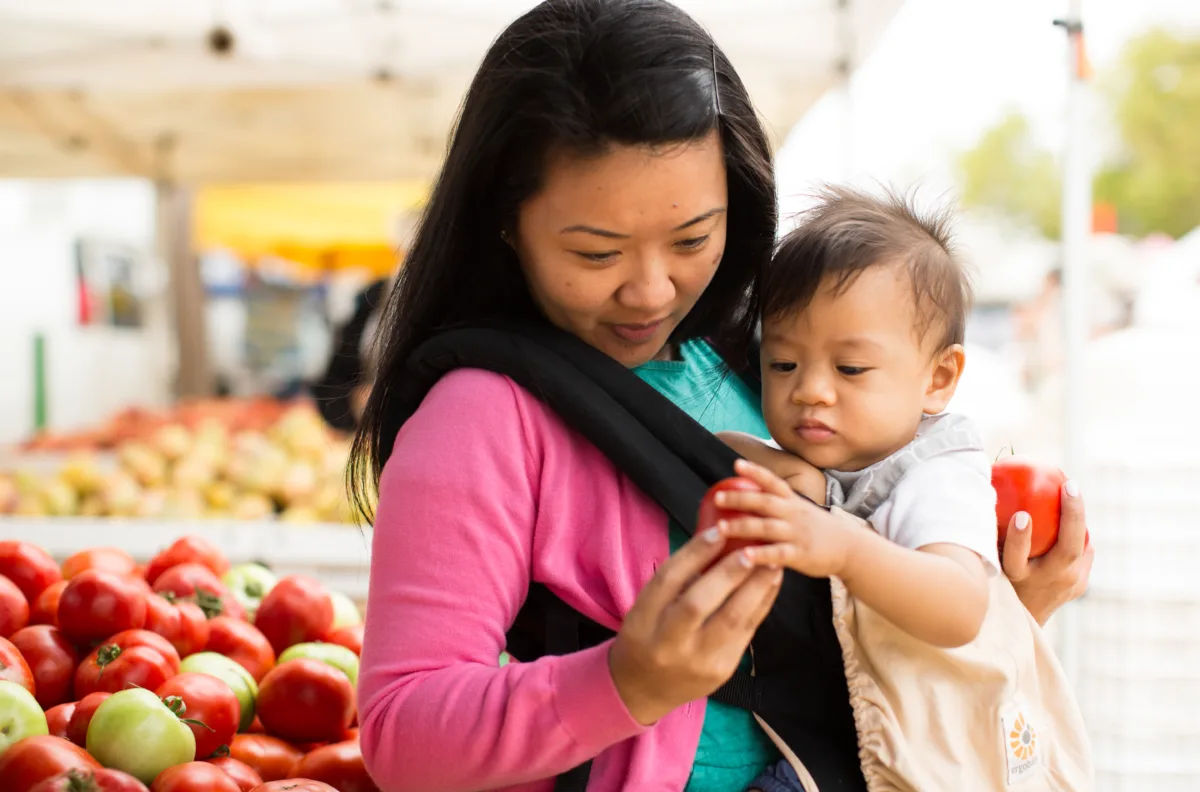Meeting the Need
Having universal school meals in California is critically important because almost 60% of public school students in our state qualify for free or reduced-price meals under the federal guidelines. This system, however, was leaving many hungry students behind. California’s high cost of living meant that while some students may not have qualified for free meals based on federal guidelines, their families still needed food assistance.
With this new legislation, California has made a tremendous investment in our children’s health and well-being. Beginning in the 2022-23 school year, California schools will receive $650 million in ongoing funds to permanently provide free breakfast and lunch to all public school students. Schools will receive another $150 million for staff training and kitchen upgrades to support freshly prepared meals, as well as $30 million for the next two school years for farm-to-school, providing a pipeline of fresh, local, and nutritious foods for students across the state.
The School Meals for All coalition included labor, agriculture, health, food banks, and nonprofit organizations, as well as school districts from the Center for Ecoliteracy’s California Food for California Kids® Network. Together, the coalition advocated for School Meals for All as an essential investment in the health of California’s children.
And since this win in California, Maine has passed its own state-wide universal school meals plan, and campaigns are also underway in Massachusetts, Minnesota, Vermont, Wisconsin, and other states. We are cheering these states on and encourage more states to follow suit. We hope that advocates who are advancing universal school meal legislation in their own states find our strategies helpful. Read more about our work in The New York Times.


